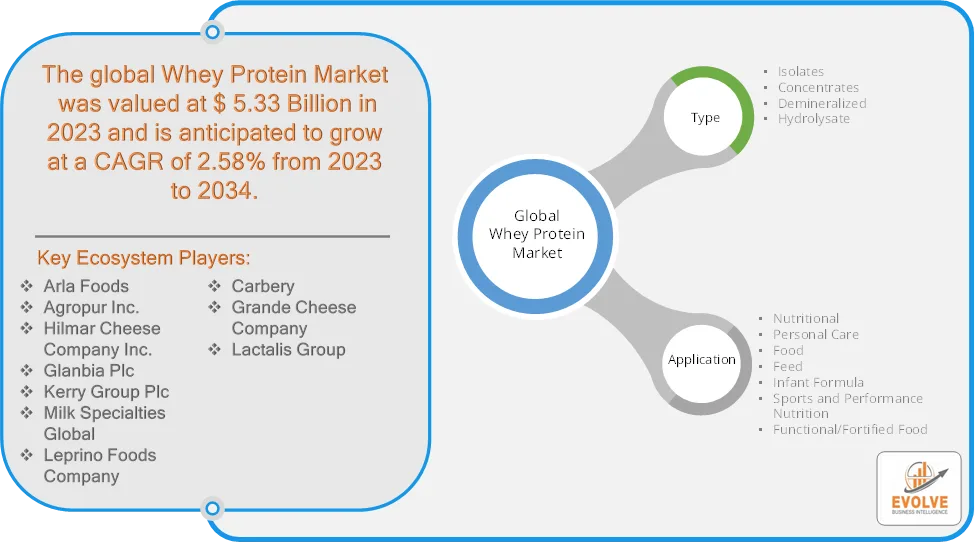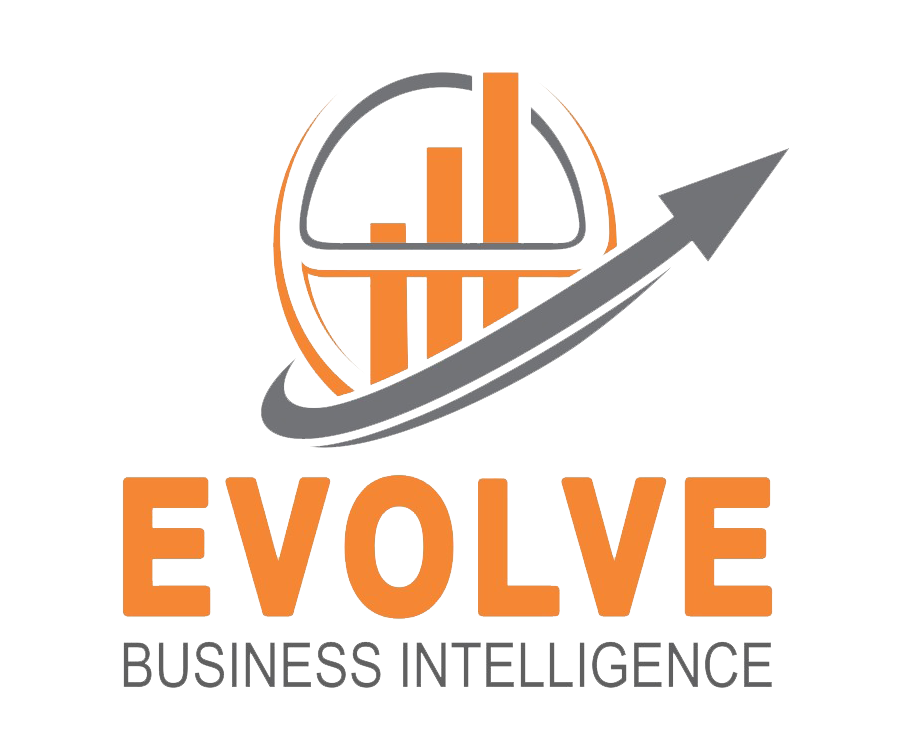Blog
Global Whey Protein Market Forecast to Reach USD 10.66 Billion by 2033, Growing at a 2.58% CAGR

Evolve Business Intelligence has published a research report on the Global Whey Protein Market, 2023–2033. The global Whey Protein Market is projected to exhibit a CAGR of around 2.58%during the forecast period of 2023 to 2033.
Evolve Business Intelligence has recognized the following companies as the key players in the global Whey Protein Market: Arla Foods, Agropur Inc., Hilmar Cheese Company Inc., Glanbia Plc, Kerry Group Plc, Milk Specialties Global, Leprino Foods Company, Carbery, Grande Cheese Company and Lactalis Group.
The Whey Protein Market is projected to be valued at USD 10.66 Billion by 2033, recording a CAGR of around 2.58% during the forecast period. The whey protein market is experiencing significant growth, driven by increasing consumer demand for high-protein diets, expanding fitness and wellness trends, and growing applications in the food, beverage, and pharmaceutical industries. Athletes and bodybuilders are primary consumers of whey protein. Elderly consumers benefit from whey protein’s role in muscle maintenance and bone health.
The whey protein market is expected to expand further due to increasing product innovations, clean-label trends, and rising applications in personalized nutrition.
Download the full report now to discover market trends, opportunities, and strategies for success.
Segmental Analysis
The Whey Protein Market has been segmented based on Type and Application.
Based on Type, the Whey Protein Market is segmented into Isolates, Concentrates, Demineralized, Hydrolysate. The Concentrates segment is anticipated to dominate the market.
Based on Application, the Whey Protein Market is segmented into Nutritional, Personal Care, Food, Feed, Infant Formula, Sports and Performance Nutrition, Functional/Fortified Food. The Sports and Performance Nutrition segment is anticipated to dominate the market.
Regional Analysis
The Whey Protein Market is divided into five regions: North America, Europe, Asia-Pacific, South America, and the Middle East, &Africa. North America holds a significant portion of the global whey protein market. The United States is a major contributor, driven by a strong fitness culture and high demand for protein-rich diets. It has high consumption of dietary supplements, functional foods, and sports nutrition products. Europe is experiencing substantial growth, fueled by increasing consumer interest in fitness and health-conscious eating. Countries like Germany, the United Kingdom, and France are witnessing a surge in demand for protein supplements. Asia-Pacific is the fastest-growing market, led by China, India, Japan, and Australia. Increasing health consciousness and growing middle-class population drive demand. Rapid urbanization and rising disposable incomes and have high growth in infant nutrition, especially in China & India. In Latin America region, Rising awareness about protein-rich diets and muscle-building supplements, growing sports and fitness culture, particularly in Brazil and expanding e-commerce platforms driving accessibility. In Middle East and Africa region, Early-stage market, with demand driven by UAE, Saudi Arabia, and South Africa. Increasing health consciousness and demand for sports nutrition and growing focus on protein-based weight management solutions.



